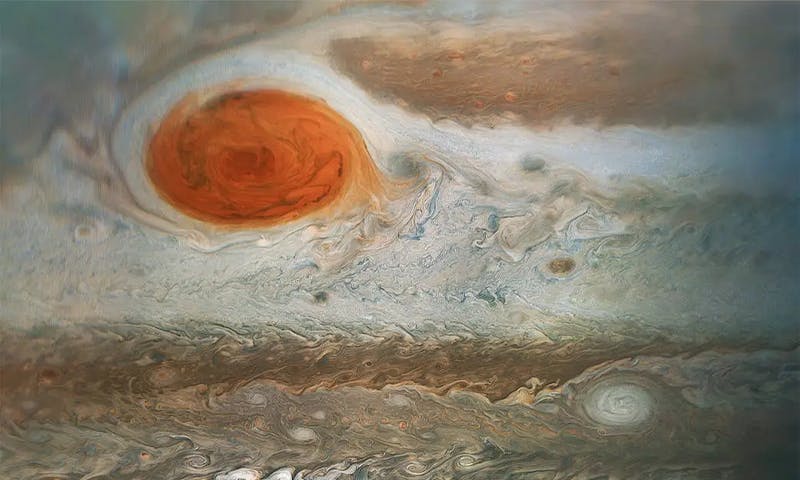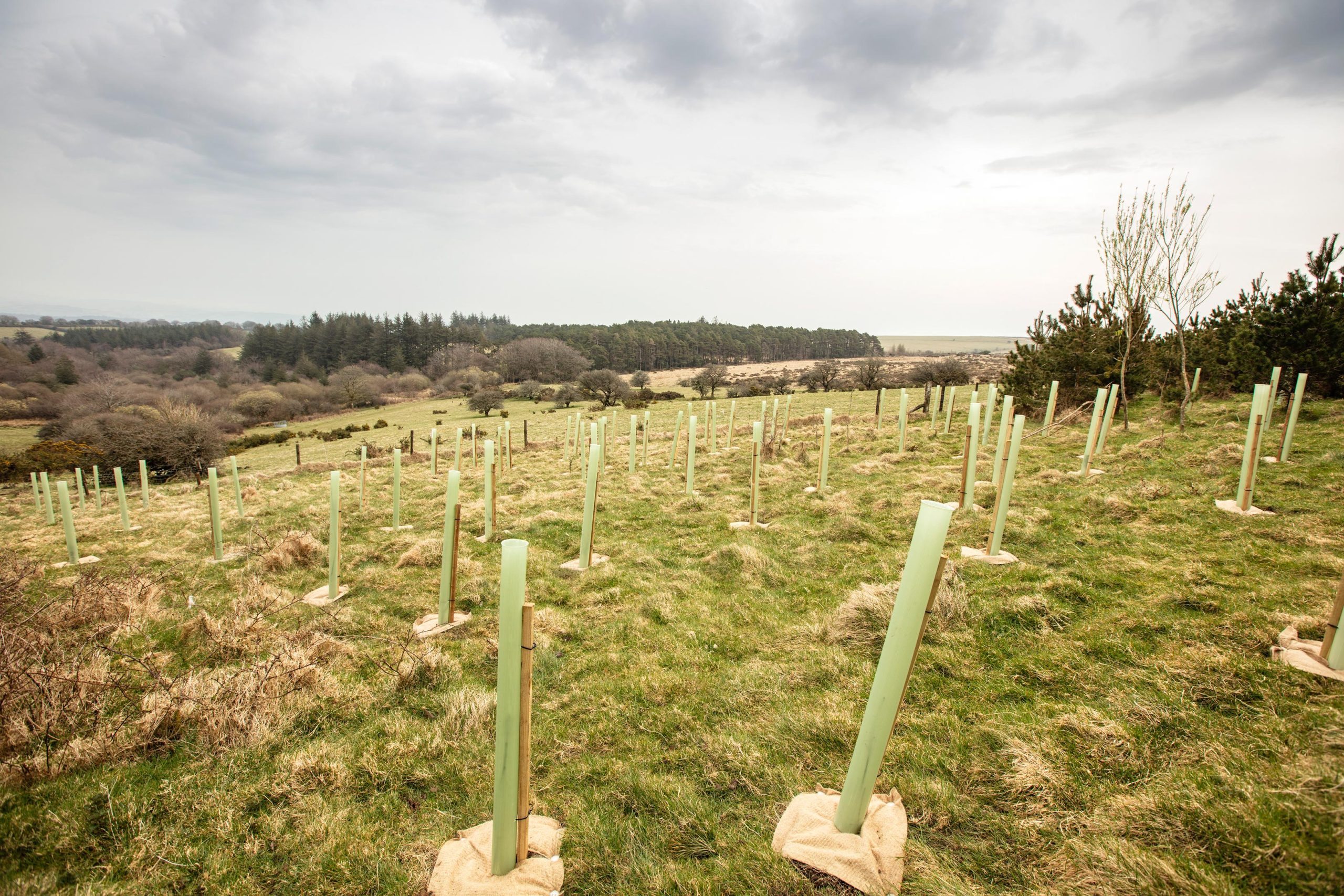The Carnian stage (lasted from 237 to 227 million years ago) of the Triassic period marks one of the most significant intervals of the past 250 million years. Within the space of two million years, the world’s biota underwent major changes with dinosaurs becoming the dominant group on the planet. These events coincide with a remarkable interval of intense rainfall known as the Carnian Pluvial Episode (CPE). New research led by the University of Birmingham shows that CPE can actually be resolved into four distinct events, each one driven by a discrete pulse of intense volcanism associated with enormous releases of carbon dioxide into the atmosphere.

An illustration depicting the onset of the end-Permian mass extinction. Image credit: Dawid Adam Iurino / PaleoFactory, Sapienza University of Rome / Jurikova et al, doi: 10.1038/s41561-020-00646-4.
“The CPE interval (234 to 232 million years ago) saw a dramatic increase in global humidity and temperature that has been linked to the large-scale volcanism of the Wrangellia large igneous province, the remnants of which are preserved in western North America,” said University of Birmingham’s Professor Jason Hilton and colleagues.
“The climatic changes coincide with a major biological turnover on land that included the ascent of the dinosaurs and the origin of modern conifers.”
“However, linking the disparate cause and effects of the CPE has yet to be achieved because of the lack of a detailed terrestrial record of these events.”
In the new research, the scientists analyzed sediment and fossil plant records from a lake in northern China’s Jiyuan Basin, matching pulses of volcanic activity with significant environmental changes, including the CPE’s ‘mega monsoon’ climate.
They used uranium-lead zircon dating, high-resolution chemostratigraphy, palynological and sedimentological data to correlate terrestrial conditions in the region with synchronous large-scale volcanic activity in North America.
Their results reveal four distinct episodes of volcanic activity during this interval, with the most likely source being major volcanic eruptions from the Wrangellia large igneous province.
Each episode coincided with large perturbation of the global carbon cycle, major climatic changes to more humid conditions, as well the lake’s deepening with a corresponding decrease in oxygen and animal life.
Geological events from a similar timeframe in Central Europe, East Greenland, Morocco, North America, and Argentina, among other locations indicate that increased rainfall resulted in widespread expansion of drainage basins converging into lakes or swamps, rather than rivers or oceans.
“Our results show that large volcanic eruptions can occur in multiple, discrete pulses, demonstrating their powerful ability to alter the global carbon cycle, cause climate and hydrological disruption and drive evolutionary processes,” said Dr. Sarah Greene, also from the University of Birmingham.
The findings were published in the Proceedings of the National Academy of Sciences.
_____
Jing Lu et al. 2021. Volcanically driven lacustrine ecosystem changes during the Carnian Pluvial Episode (Late Triassic). PNAS 118 (40): e2109895118; doi: 10.1073/pnas.2109895118
Note: This article have been indexed to our site. We do not claim ownership or copyright of any of the content above. To see the article at original source Click Here













